The three breweries of St Gall Abbey and beer in Carolingian times.
A 152-page study of Carolingian beers, brewing ingredients, evolution of brewing between 750 and 1200, and true part played by the monks.
This study scrutinises the preconceived ideas about beers in Charlemagne's time in the light of documents from this period.
- Did the abbeys revive beer-making in the early Middle Ages by improving the brewing techniques? Or by allowing beer to become the ordinary beverage for nuns and monks?
- Did the monks brew themselves? Or did their many servants do the work in the abbeys and on their vast agricultural estates? Who holds the technical expertise?
- What brewing techniques are used? Malting, raw grains, hopping, gruit and aromatics, etc.
- How much beer is brewed each year in the abbeys?
- Were the Carolingian beers the sour, poorly fermented beverages described by modern historians?
- Why did the Carolingian era mark a turning point in the history of Western European brewing? Because beer was brewed in a few abbeys, or because beer became a beverage traded on a large scale by merchant towns around 1100?
⇩ Ch. BERGER, St Gall abbey three brewhouses and beer in carolingian times_EN_2021.pdf ⇩
Abstract:
The programmatic plan for St Gall Abbey, drawn up in 820, is a starting point for studying the role of brewing in the Carolingian economy. Beer was drunk by both lay people and the clergy. Monks and nuns were officially allowed to drink beer since the Synod of Aachen in 816, and to brew beer within the abbey walls. This is why the St Gall plan included a brewery for the monks' beer, one for distinguished guests, and finally one for the ‘small beer’ given to the abbey's many servants, the poor, pilgrims and the sick.
Polyptichs, charters and cartularies complement this plan by providing data on the brewing of beer, the management of the many ingredients required for brewing, which are accounted in most details. These carolingians documents cover the economy of the abbeys and also the general organisation of the brewery on the scale of several agricultural estates, or even of an entire region such as the Meuse basin. These data enable us to outline the evolution of the social status of millers, maltsters and brewers, of their trades and their techniques. Initiated under the Carolingians, many deep social and economic changes led to the relative emancipation of the brewing trades around the 12th century.
This whole dossier is imbued with the atmosphere of a Western Europe in the midst of an economic and political boom that also stimulated brewing. We will be led to question the respective roles of the laity and the monks in the growth of the European brewing. What was the actual part played by the abbeys? Were the monks true innovators in this technical field as literature often repeats?
Under the Carolingians, abbeys were not only refuges for those who prayed. They also welcomed the mighty of this world. Equipping them with lodgings, kitchens, breweries, bakeries, cellars and stables was part of a political plan. With considerable material advantages, Benedictine abbeys were socio-economic hubs and centres of political power in the Carolingian world. More than palaces or provincial courts, sometimes rebellious, abbeys ensured the territorial networking and political control of the vast Carolingian empire.
----
Gallery of original images illustrating the study of the Carolingian brewery. Free of rights except "Jorg craft master-brewer" (©hausbuecher.nuernberg.de/75-Amb-2-317-20-v/data) and "the Trossingen maple flask" (©Archäologisches Landesmuseum Baden-Württemberg).
End of the gallery.



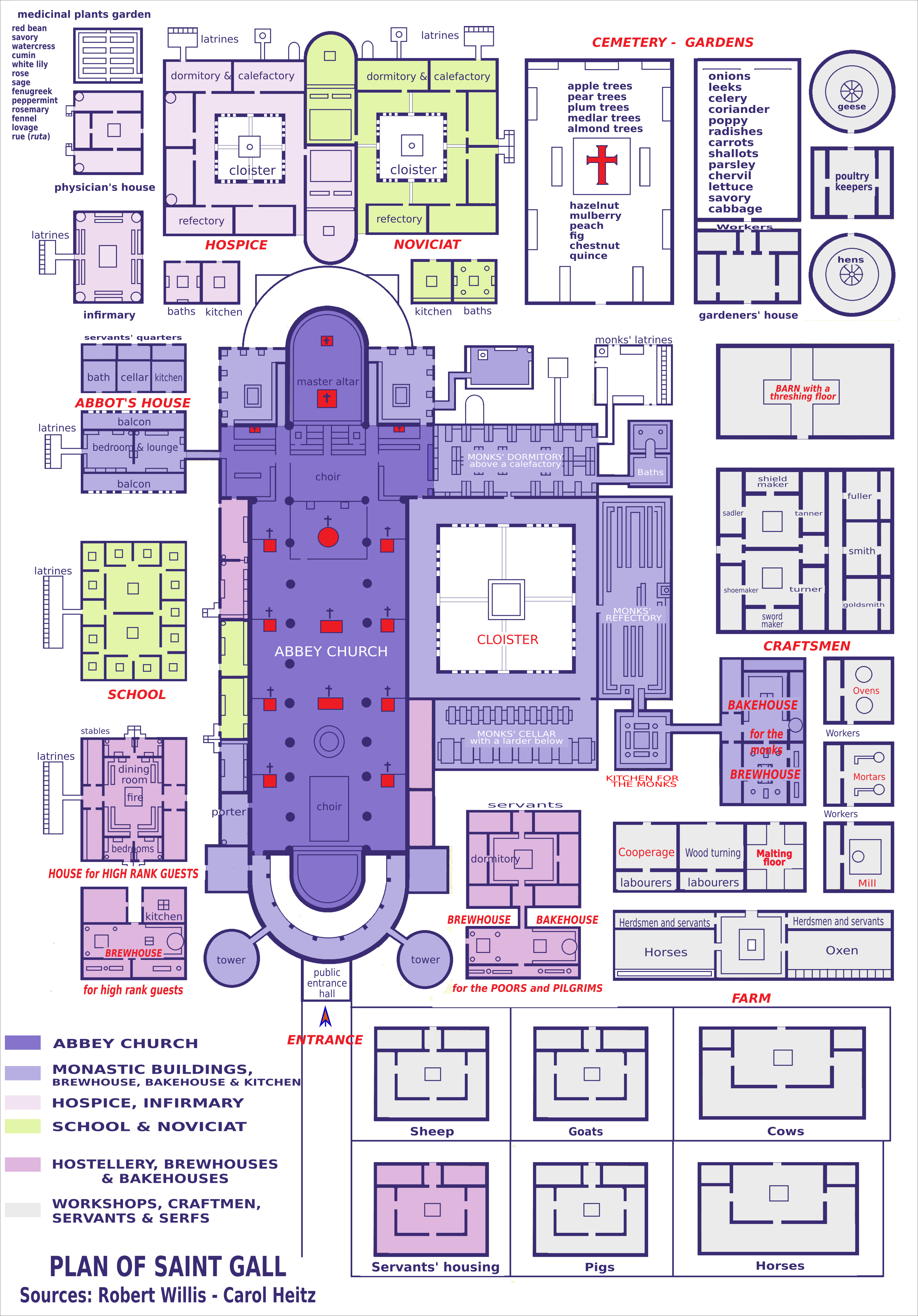

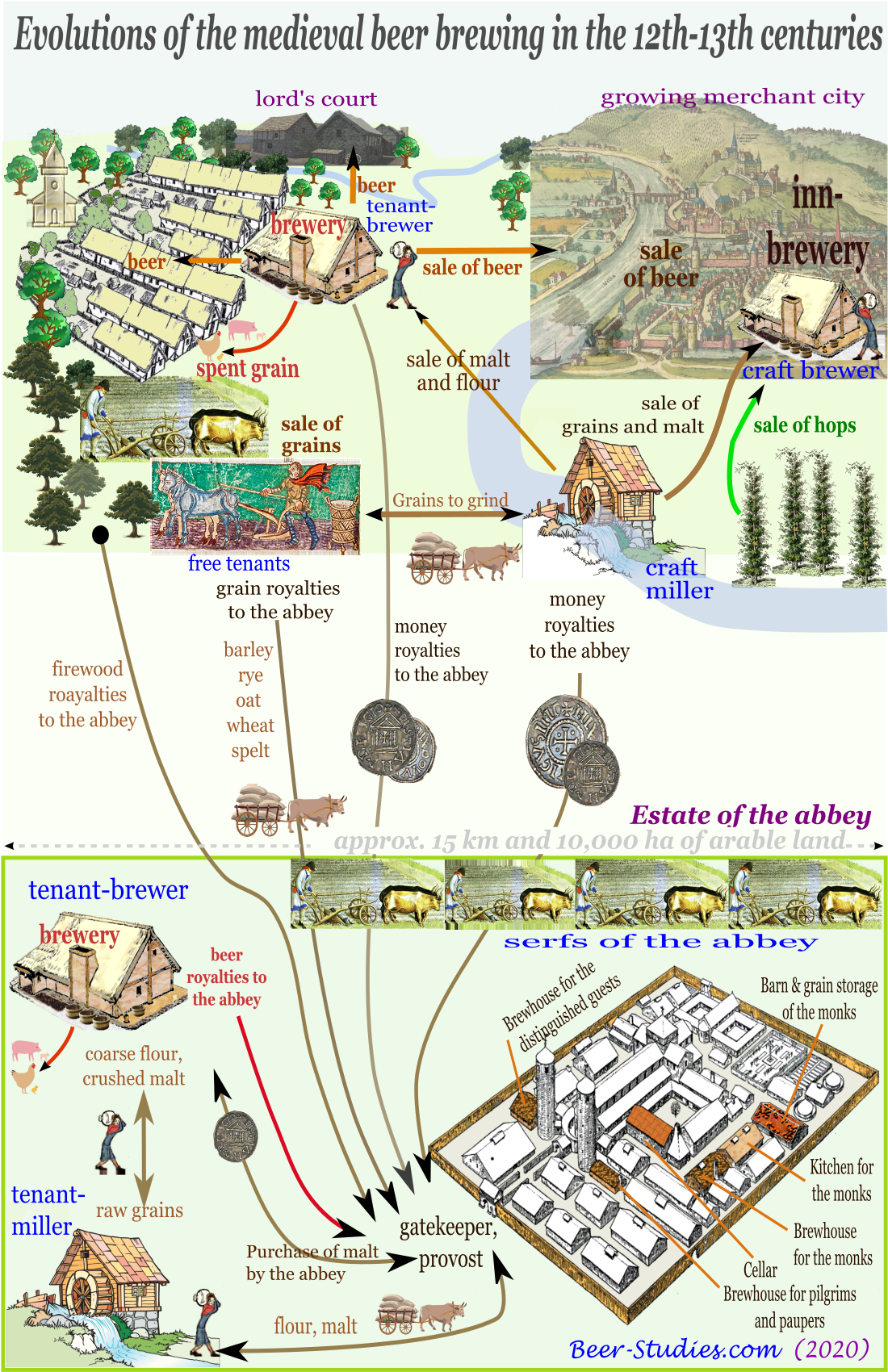
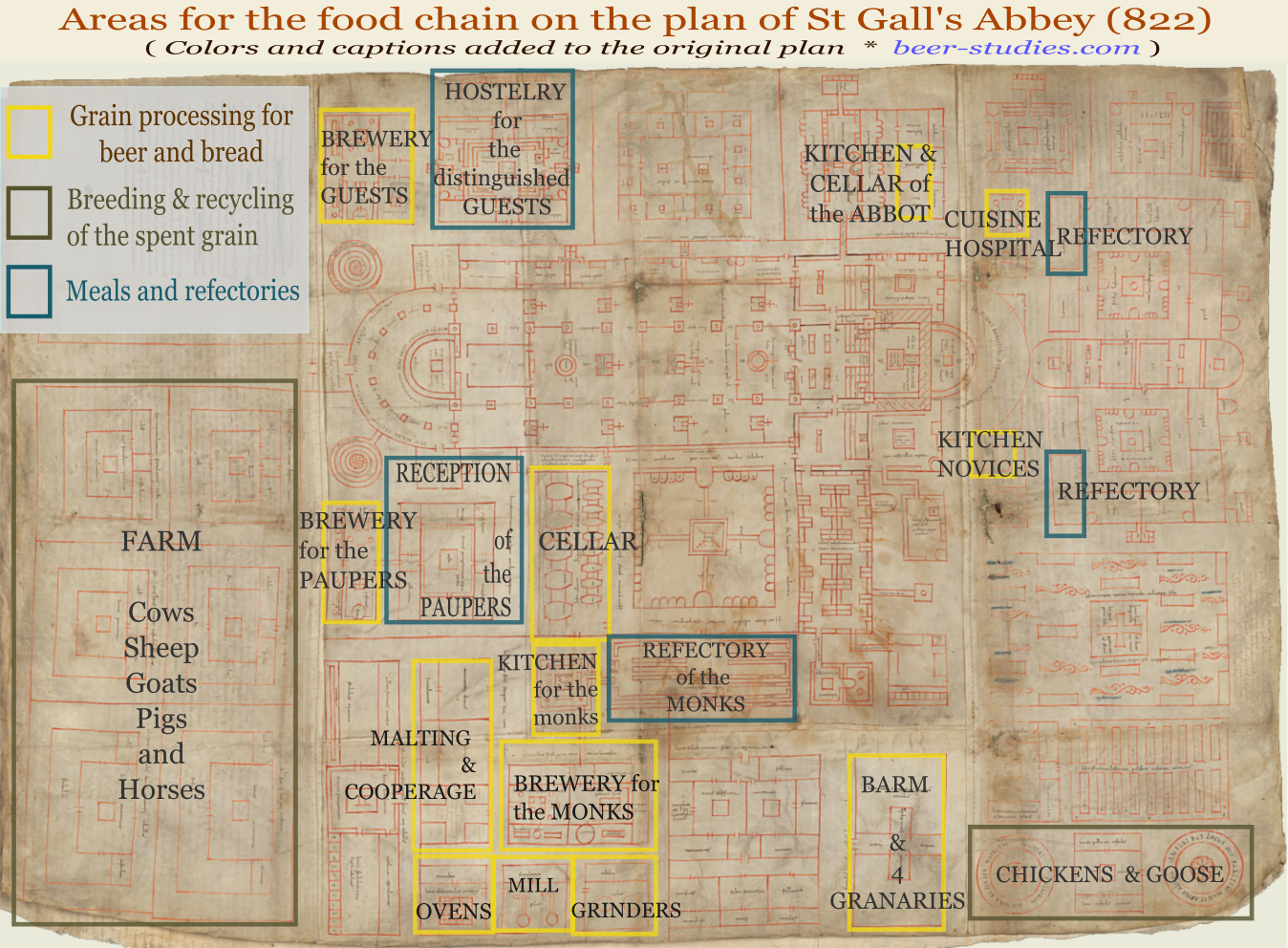
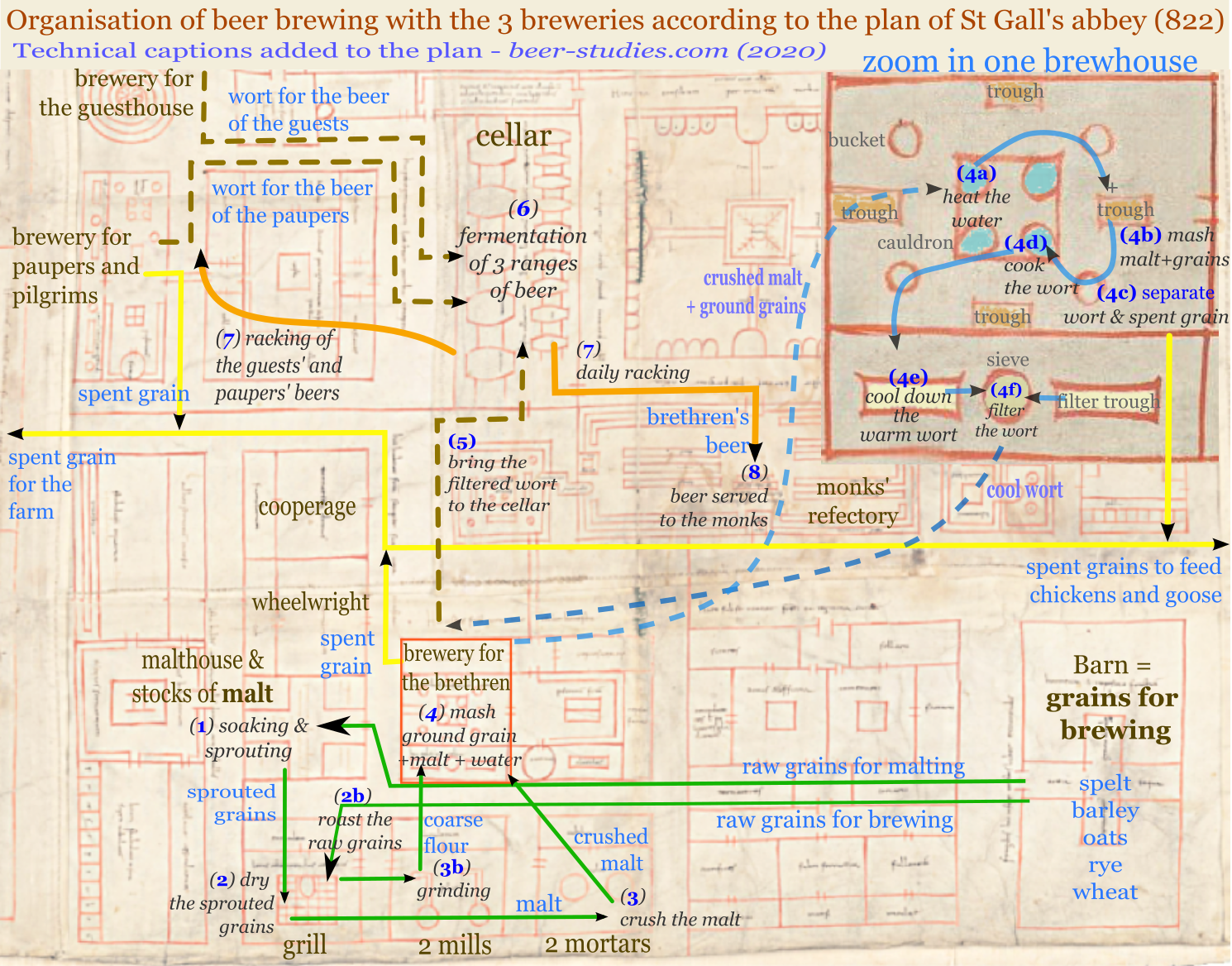
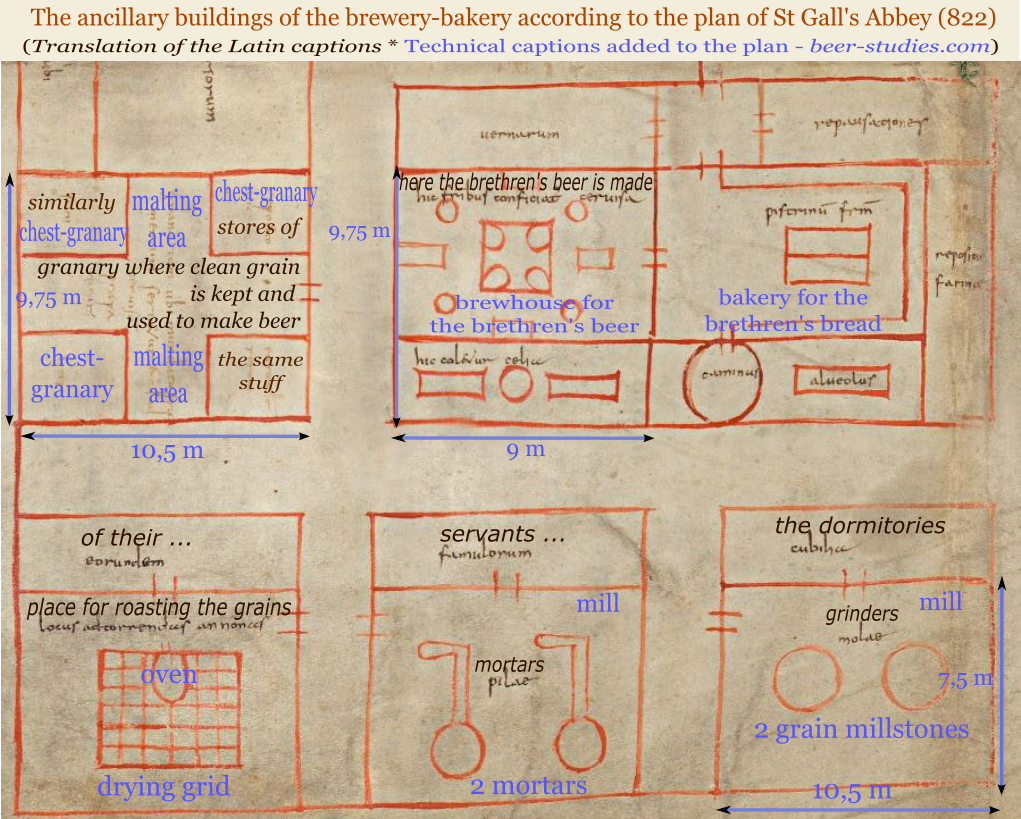


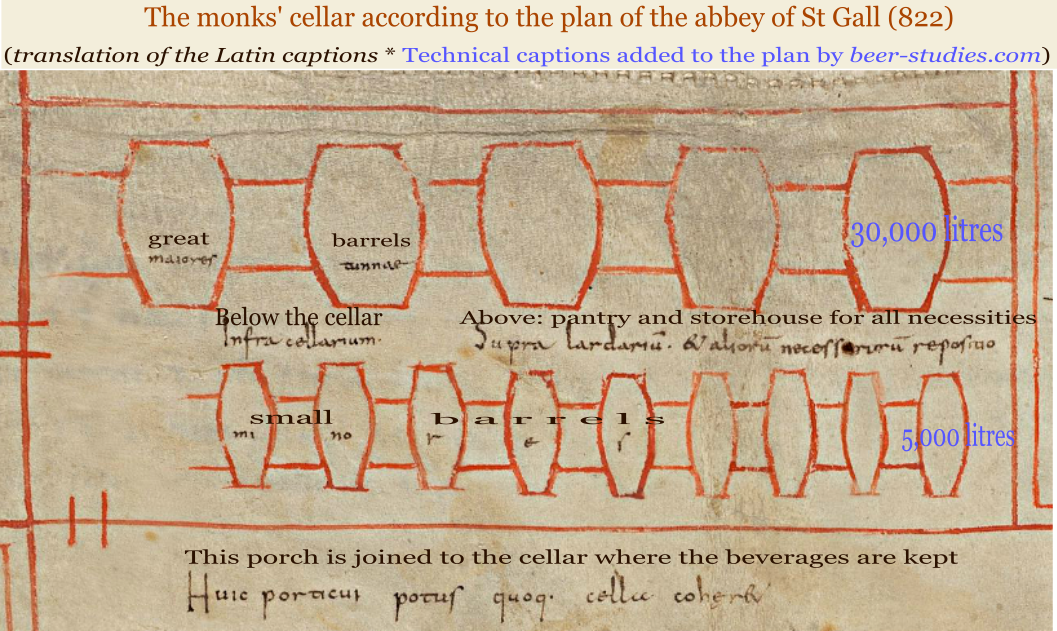
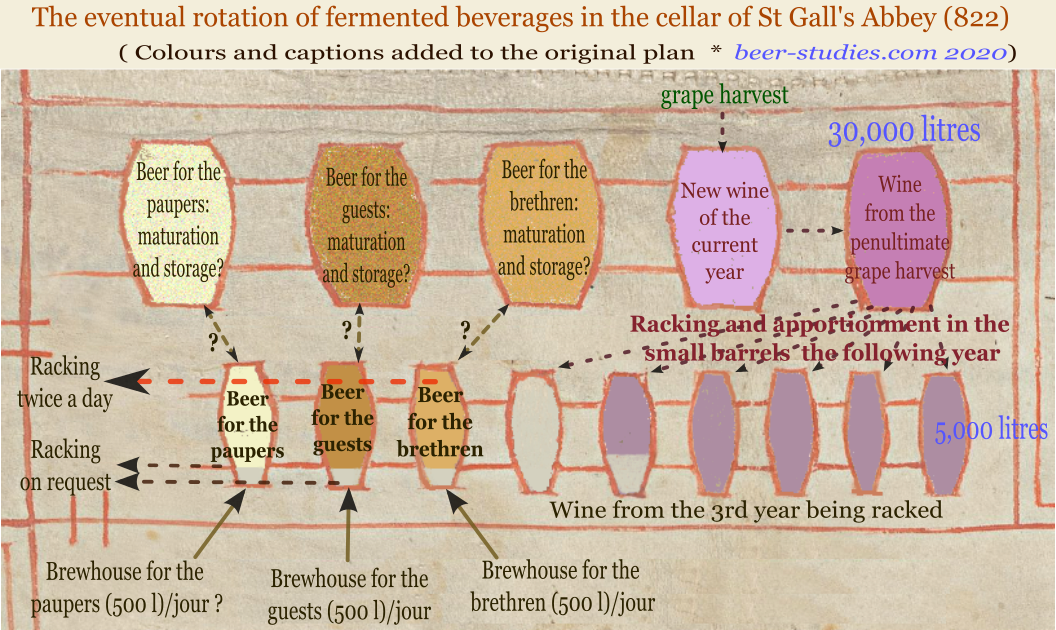

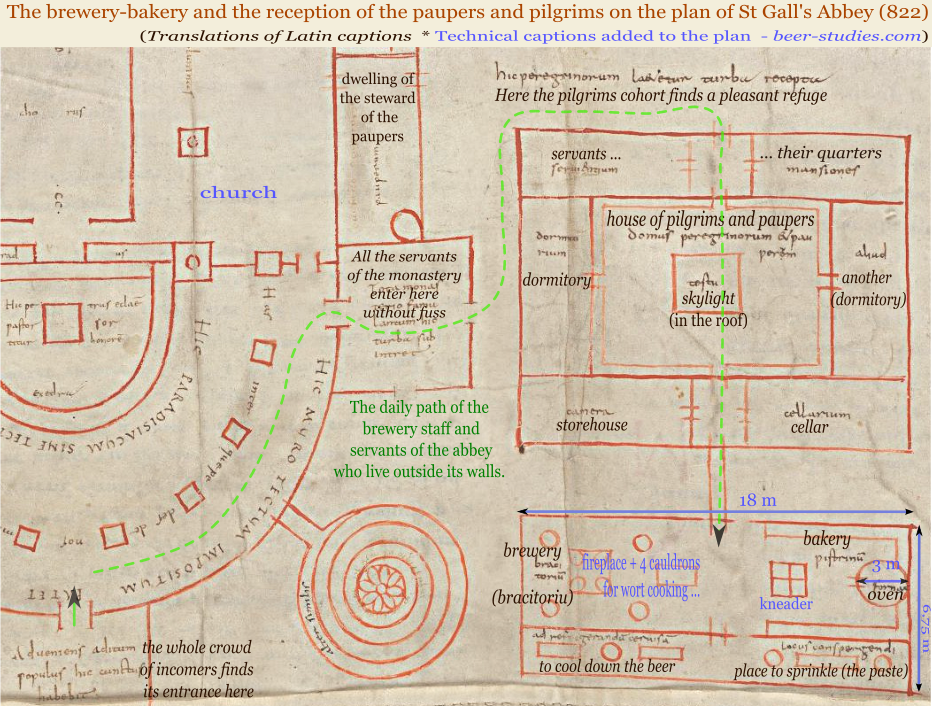
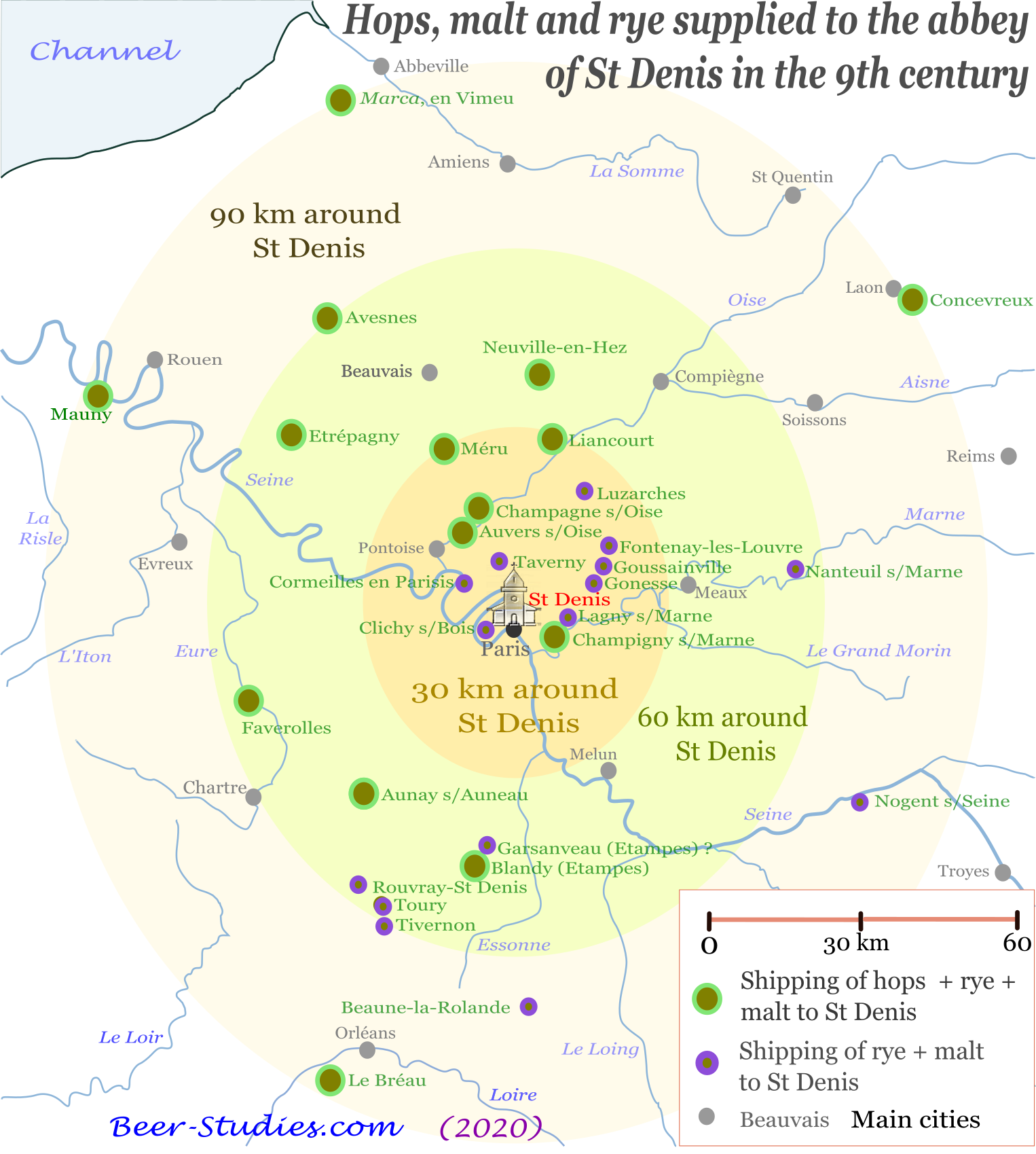

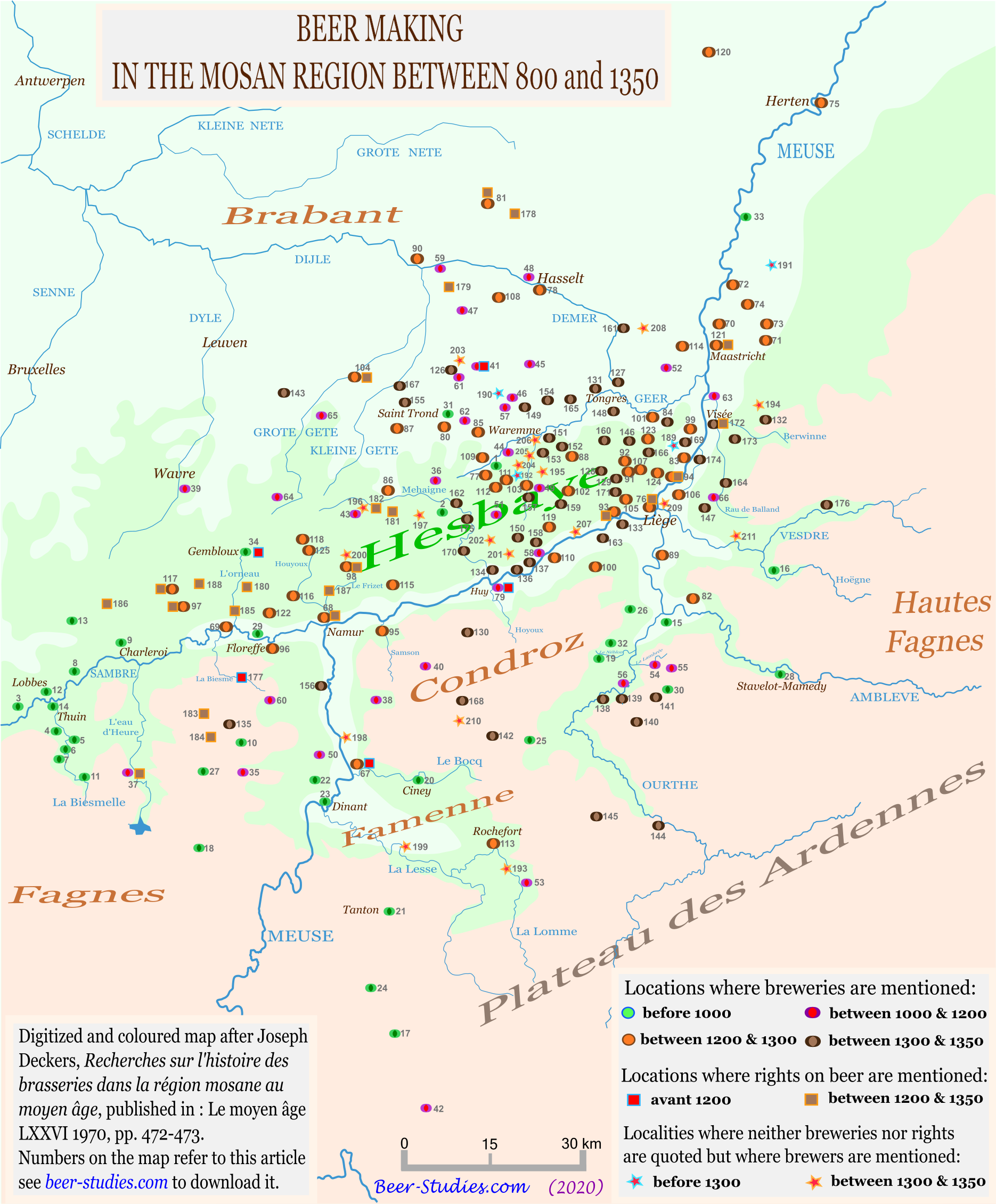
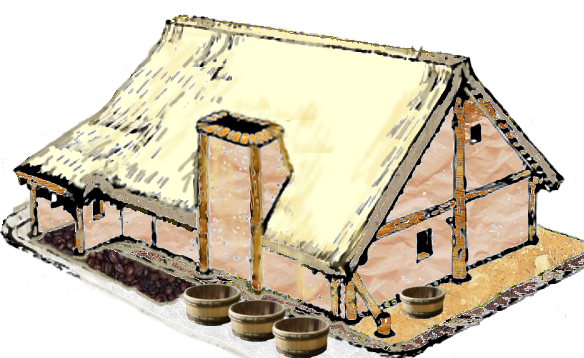
.jpg)
